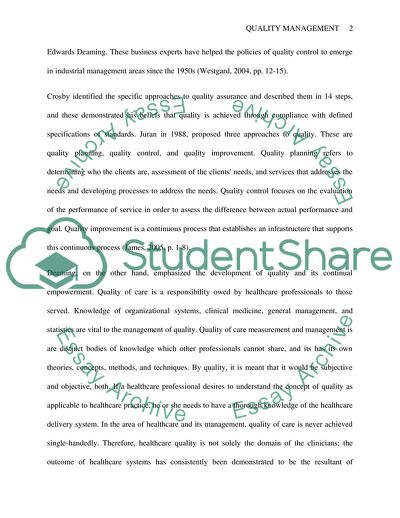Cite this document
(The Conceptual Underpinnings of Continuous Quality Management Assignment, n.d.)
The Conceptual Underpinnings of Continuous Quality Management Assignment. https://studentshare.org/human-resources/1712509-critically-discuss-the-conceptual-underpinnings-of-continous-quality-management-and-the-application-of-this-approach-to-healthcare
The Conceptual Underpinnings of Continuous Quality Management Assignment. https://studentshare.org/human-resources/1712509-critically-discuss-the-conceptual-underpinnings-of-continous-quality-management-and-the-application-of-this-approach-to-healthcare
(The Conceptual Underpinnings of Continuous Quality Management Assignment)
The Conceptual Underpinnings of Continuous Quality Management Assignment. https://studentshare.org/human-resources/1712509-critically-discuss-the-conceptual-underpinnings-of-continous-quality-management-and-the-application-of-this-approach-to-healthcare.
The Conceptual Underpinnings of Continuous Quality Management Assignment. https://studentshare.org/human-resources/1712509-critically-discuss-the-conceptual-underpinnings-of-continous-quality-management-and-the-application-of-this-approach-to-healthcare.
“The Conceptual Underpinnings of Continuous Quality Management Assignment”. https://studentshare.org/human-resources/1712509-critically-discuss-the-conceptual-underpinnings-of-continous-quality-management-and-the-application-of-this-approach-to-healthcare.


